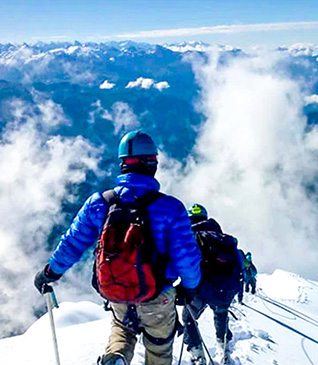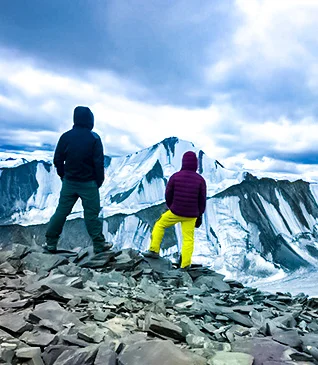Winter trekking is an exhilarating experience. With winter beginning in the Himalayas, a lot of you must be anticipating an exciting winter getaway. While trekking in the snow is fun and thrilling but it does come with a set of challenges. The cold, the chilly winds and the snow demands a little more than just enthusiasm. It requires careful preparation. Among all the essential elements of preparation, layering is one of the most crucial factors when it comes to winter trekking. The right layering ensures you remain warm, comfortable, and safe while embarking on cold-weather adventures. In this article, we'll delve into the world of winter trekking attire and guide you through the art of selecting the right clothing to conquer the chill. Whether you're a seasoned winter wanderer or a novice looking to embrace the icy wilderness, this comprehensive guide will equip you with the knowledge needed to assemble the perfect winter wardrobe. So, let's get started.
The Importance of Layering
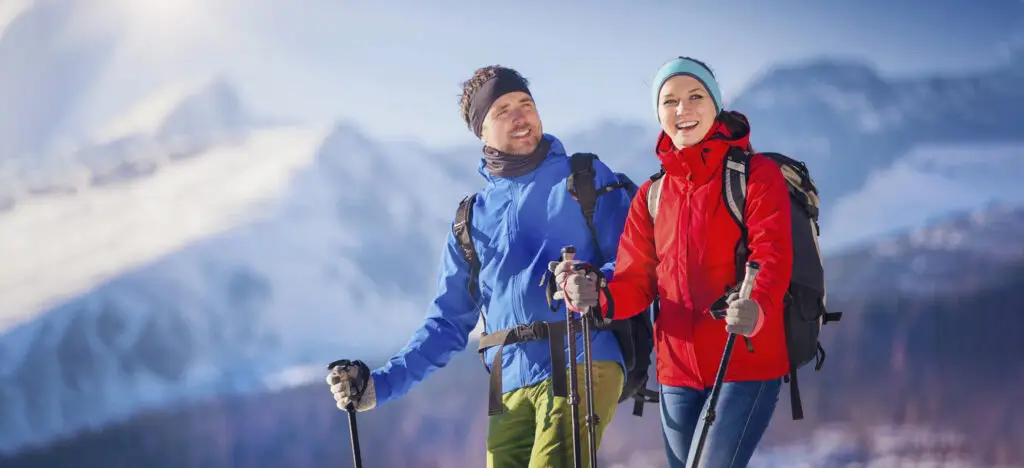
Layering your clothing is crucial for a variety of reasons, and it serves as the foundation for a comfortable and safe winter trek.
Temperature Regulation
One of the most significant advantages of layering is its ability to regulate your body temperature. During a winter trek, you'll encounter moments of intense physical exertion, like ascending a steep slope, followed by periods of rest or exposure to the cold. Layering allows you to adapt to these changing conditions by adding or removing clothing as needed. When you're active, you can shed a layer to prevent overheating, and when you stop for a break or face biting cold, you can quickly bundle up to trap warmth.
Managing Moisture
Layering also plays a critical role in managing moisture. As you exert yourself, your body generates sweat, which can lead to moisture buildup if not managed properly. This moisture can make you feel clammy and cold, which is something to avoid in freezing conditions. The layer closest to your skin, known as the base layer, is responsible for wicking moisture away from your body. It ensures that sweat doesn't linger on your skin, potentially causing hypothermia. The other layers, such as the insulating and outer layers, help to keep this moisture away from your body while providing warmth.
The Different Layers You Should Know About
Base Layer: Your First Line of Defense
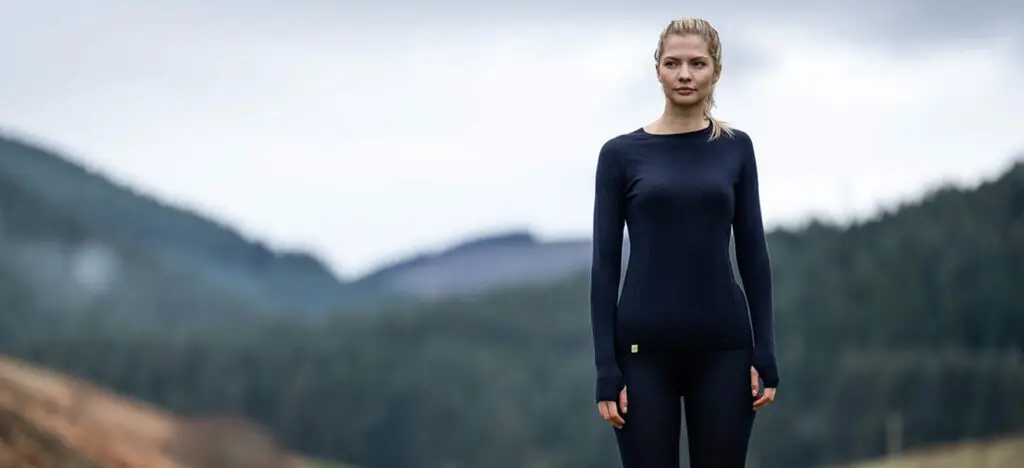
When preparing for a winter trek, your base layer is your first line of defense against the cold, and it plays a pivotal role in maintaining your comfort and safety.
The Purpose of the Base Layer
The base layer, often referred to as the innermost layer, serves multiple essential purposes:
Moisture Management
Its primary function is to wick moisture away from your body. As you hike through snowy terrain or engage in physical activities, you'll inevitably perspire. Without a proper moisture-wicking base layer, this sweat can saturate your clothing, leading to discomfort and increasing the risk of hypothermia. The base layer efficiently moves sweat away from your skin, preventing it from accumulating and allowing you to stay dry and warm.
Thermal Regulation
The base layer also provides a thin insulating barrier. It traps a layer of warm air close to your body, which serves as an initial defense against the cold. It's important to note that a base layer's primary role is not to provide significant warmth but to keep you comfortable by preventing rapid heat loss.
Minimizing Friction
The base layer reduces friction between your body and the other clothing layers, preventing chafing and discomfort during prolonged activities.
Choosing the Right Base Layer
When it comes to choosing a base layer, you have two primary material options: merino wool and synthetic fabrics.
Insulating Layer: Trapping Heat
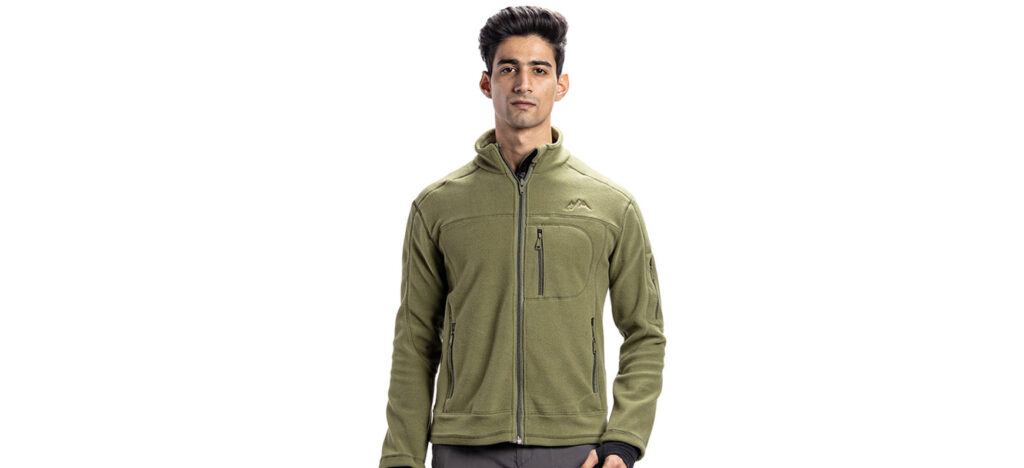
Insulating layer is the key to trapping and preserving the precious warmth your body generates.
The Purpose of the Insulating Layer
The insulating layer is your second line of defense against the cold. Its primary purpose is to capture and retain the heat your body produces. ting a cozy, warm microclimate beneath your outer shell. Here's why it's crucial:
Heat Retention
he insulating layer is designed to trap warm air close to your body. This trapped air acts as a thermal barrier, preventing heat loss to the colder surroundings. Whether you're on the move or at rest, this layer keeps you snug and maintains a stable core temperature.
Versatility
The beauty of the insulating layer is its versatility. You can choose different thicknesses and styles depending on the conditions. Thicker options provide more warmth, while thinner layers are suitable for milder temperatures or high-intensity activities.
Suitable Insulating Materials
Fleece, down, synthetic insulation and combination of insulating materials are some good choices for insulation.
Outer Layer (Shell): Protection Against Wind, Rain, and Snow
The outer shell layer is your ultimate barrier against the harshest aspects of winter – wind, rain, and snow.
The Purpose of Outer Layer
Protection from the Elements
A good outer layer provides protection against various elements of winter like wind, rain, and snow.
Waterproofness
Outer shells are waterproof and windproof and as such they provide protection against the cold and wet conditions.
Suitable Materials for Outer Shell
.webp)
Some suitable materials for outer shell are Goretex or similar waterproof and breathable material, nylon and polyester, waxed canvas and Polyurethane-Coated Fabrics.
Additional Insulation
.webp)
While a well-chosen base layer, insulating layer, and outer shell can provide adequate protection in many winter trekking scenarios, extremely cold conditions may require additional insulation to keep you warm and comfortable. when temperatures drop well below freezing, or during prolonged periods of exposure, the base and insulating layers may not provide sufficient warmth on their own. We recommend puffer jackets, insulated vests, balaclavas and neck gaiters and insulated pants for extra warmth.
Protect Your Extremities
.webp)
In cold conditions, keeping your head, ears, neck, hands and feet warm is essential to your overall comfort and safety. Wool hats, neck gaiters, and balaclavas for the head, insulated gloves and mittens for the hand, insulated boots and socks for the foot are crucial to keeping the extremities warm.
Proper layering is not just a suggestion; it's a fundamental strategy that can make the difference between an enjoyable winter trek and a potentially dangerous one. Remember that the key to a successful winter trek is being proactive and prepared. By embracing proper layering techniques and adapting your clothing choices to suit your comfort and specific trek conditions, you'll be well-equipped to embrace the beauty and challenges of the winter wilderness while ensuring your safety and enjoyment throughout your journey.

7 Impressive Reasons To Do The Bali Pass Trek

CHAR DHAM YATRA PACKAGE
.webp)
Buran Ghati and Rupin Pass Two Mesmerizing Treks in Himachal

Top 8 Reasons That Will Make You Fall in Love with Har Ki Doon Trek

Where Adventure Meets Culture & Heritage
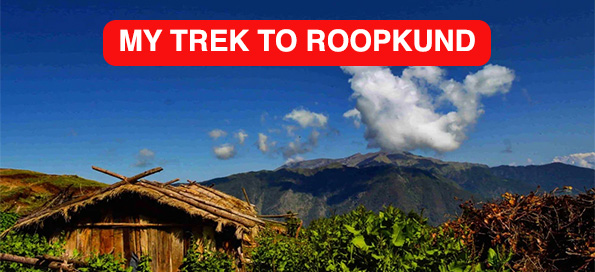
MY TREK TO ROOPKUND

My First Trek Chopta-Chandrashila with TTH
.jpg)
A Tale of Har Ki Doon Trek
.jpg)
Bramhatal Trek
.jpg)
How to measure Chadar trek (and perhaps some bit of life)?
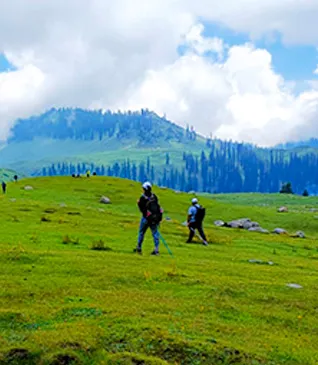
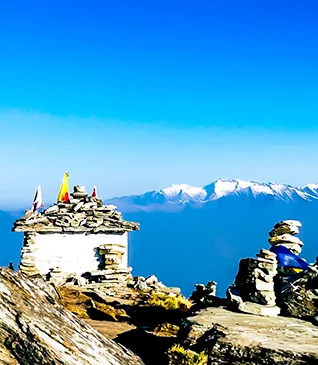
.webp)
.webp)
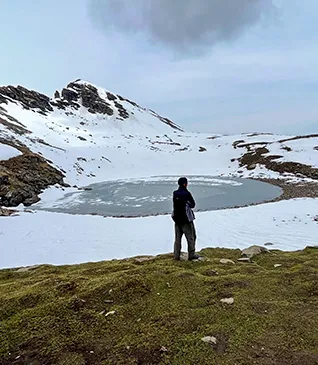
.webp)
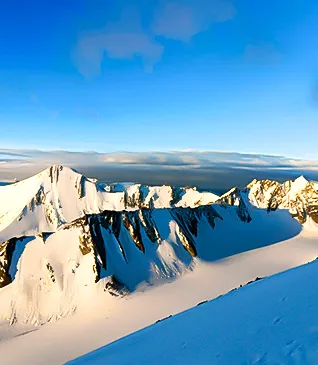
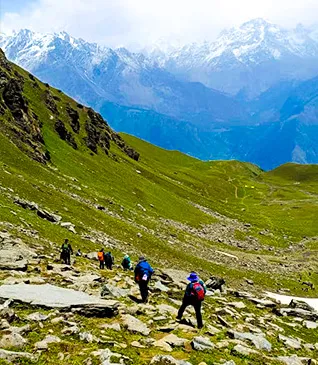
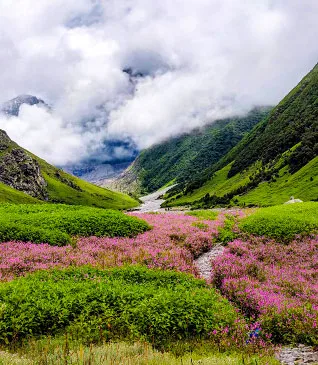
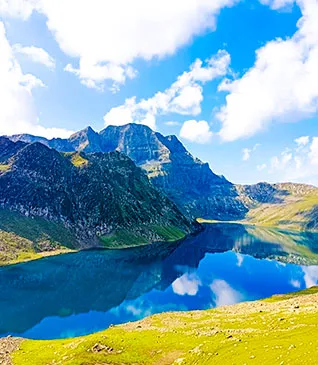
.webp)

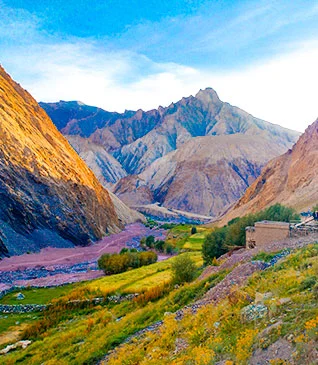
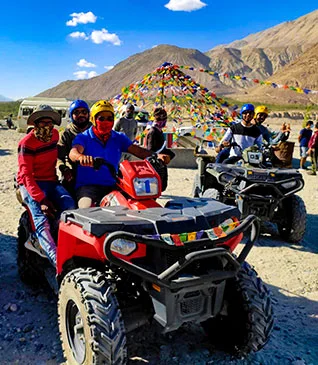
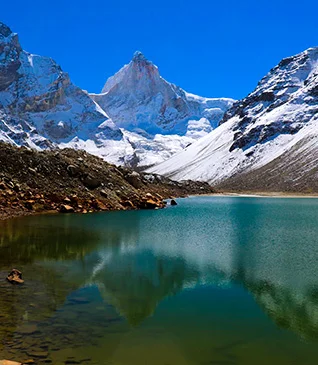
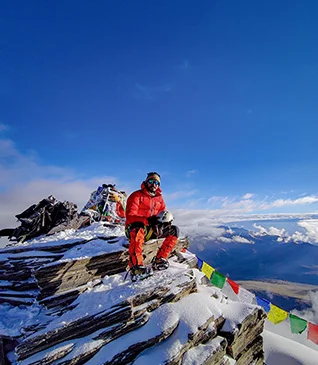
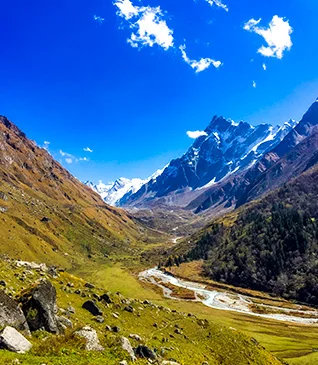
.webp)
.webp)
